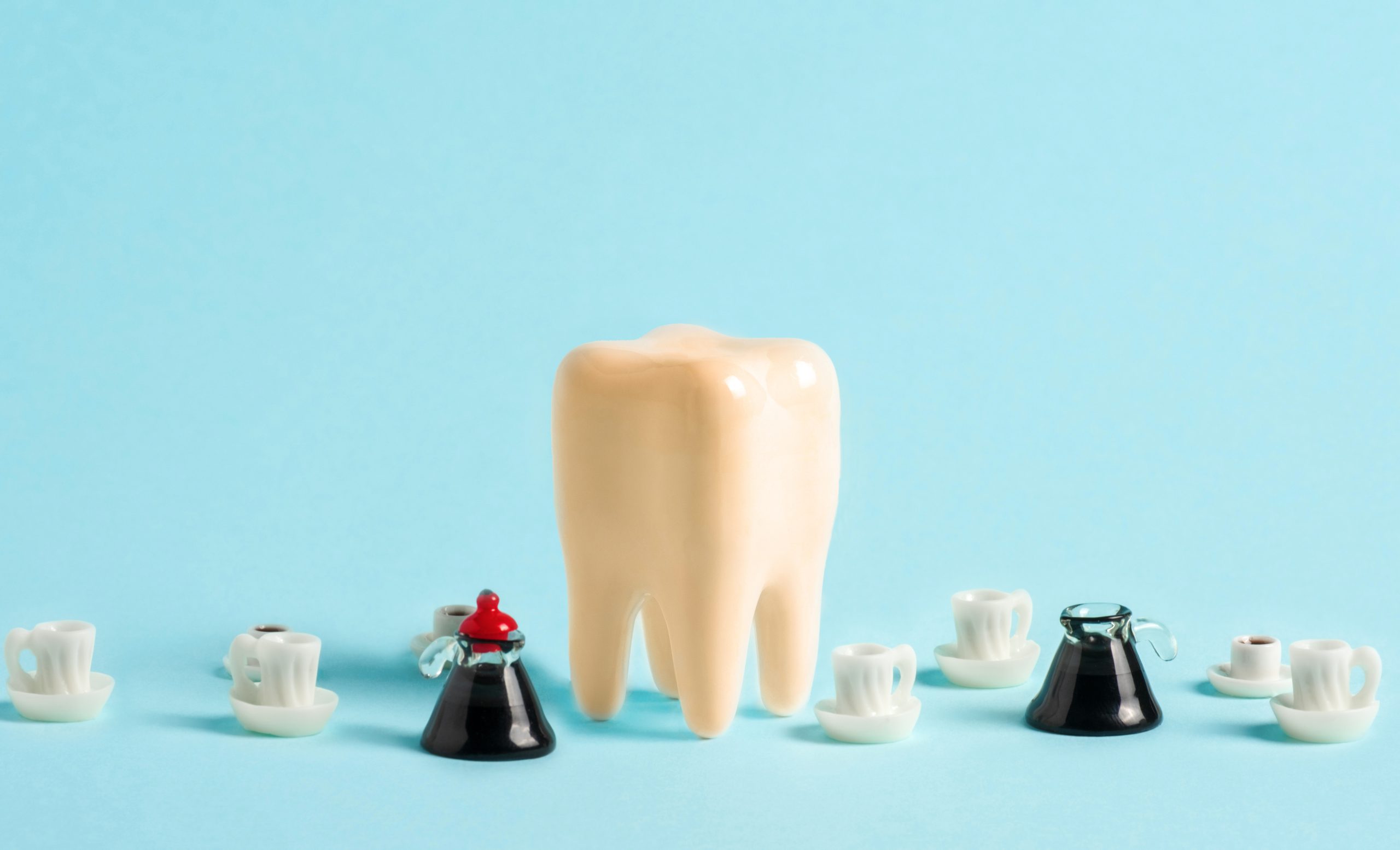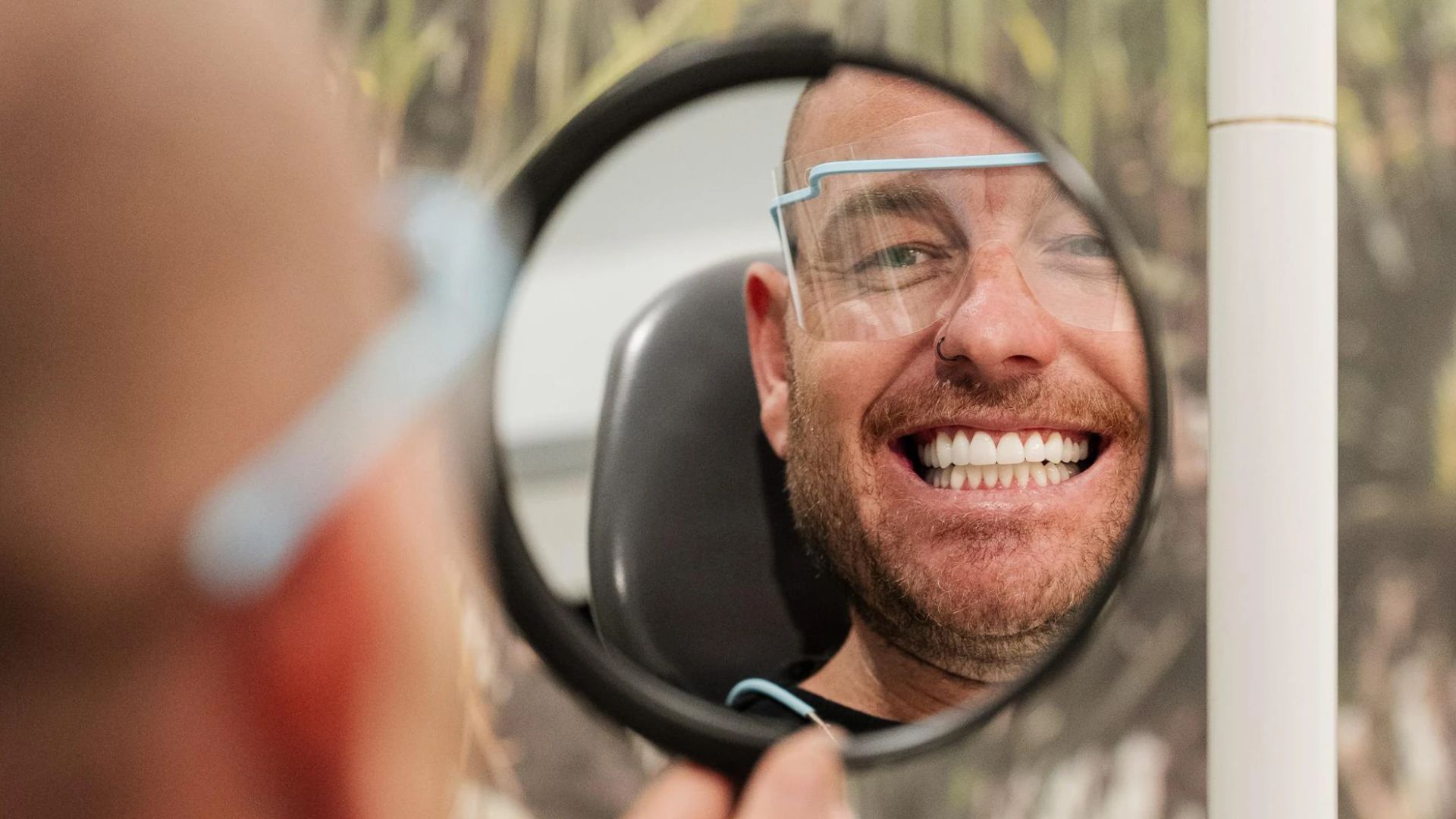Everyone wants a brighter smile, and the right approach helps keep teeth healthy while achieving that goal. Many people try whitening treatments at home, which often leads to sensitivity or enamel damage.
Understanding the common mistakes in teeth whitening helps you avoid them and maintain a strong, healthy smile. The team provides guidance on safe, effective whitening methods designed to protect your enamel.
Key Takeaways
- Avoid using unapproved or homemade whitening products.
- Follow the recommended application time for whitening treatments.
- Consult a professional before starting any whitening regimen.
- Maintain good oral hygiene to prevent discolouration.
- Be aware of the potential risks associated with over-whitening.
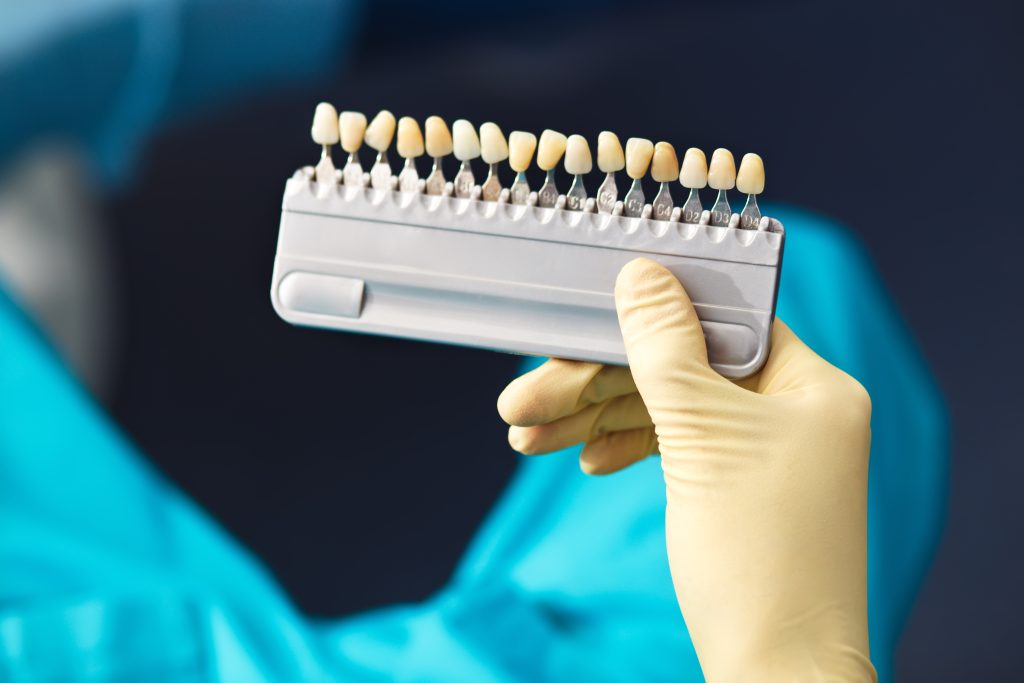
A brighter smile is something many people aim for, yet it is essential to understand the possible risks. Teeth whitening has become very popular, and maintaining enamel health should always come first.
Understanding Tooth Enamel and Its Importance
Tooth enamel forms a protective layer over each tooth, shielding it from decay and damage. Once enamel wears away, it does not grow back, so maintaining its strength during whitening is crucial.
How Professional and DIY Whitening Differ
Professional whitening treatments provide safe and effective results because they are supervised and tailored to individual needs. Over-the-counter kits, when used without proper guidance, can lead to uneven results or enamel sensitivity. Recognising these differences helps you achieve a brighter smile while keeping your teeth strong and healthy.
5 Common Teeth Whitening Mistakes That Harm Your Enamel
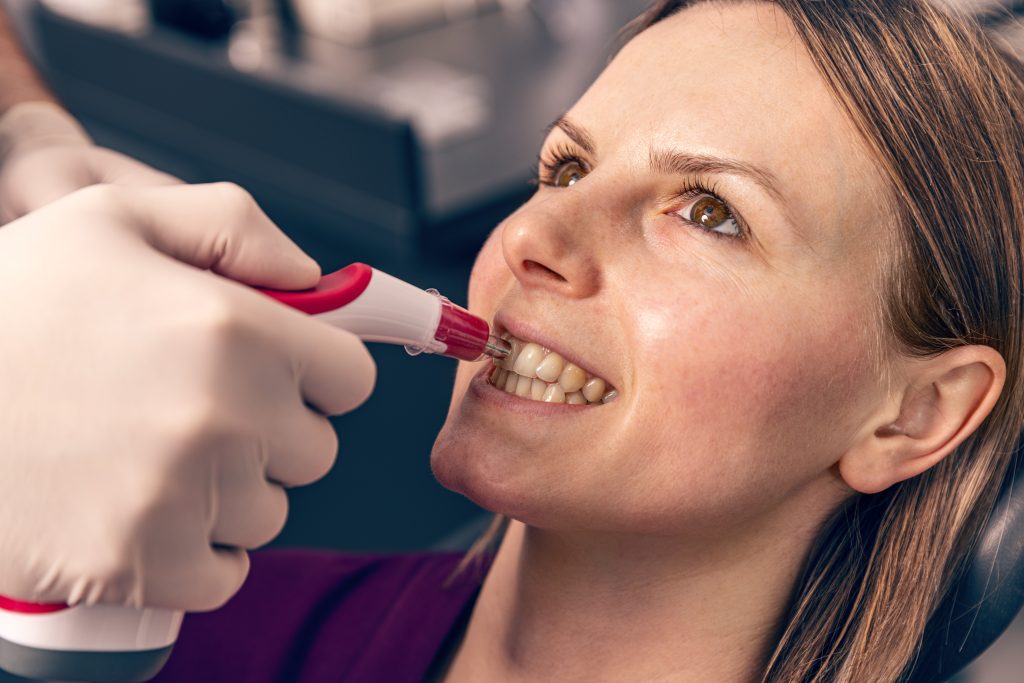
Many people in Australia look for a brighter smile without realising the possible risks. Some whitening methods can weaken enamel or increase sensitivity when used the wrong way. This section explains the most frequent mistakes and how to avoid them for a healthy, lasting result.
1. Over-Bleaching: When Whitening Becomes Destructive
Whitening treatments aim to enhance your smile, yet excessive use can have the opposite effect. Over-bleaching weakens enamel and increases sensitivity, often caused by frequent or overly strong whitening applications.
Warning Signs of Enamel Damage
Recognising the early signs of enamel damage helps prevent further issues. Pay attention to:
- Heightened sensitivity to hot or cold foods and drinks
- Noticeable changes in colour or translucency
- Rough or uneven surfaces on the teeth
If these signs appear, scheduling a dental check-up ensures any damage is addressed promptly.
Safe Whitening Frequency Guidelines
To maintain healthy enamel and achieve lasting brightness, follow these simple guidelines:
- Professional whitening: once every 12–18 months
- Home whitening: as directed, usually once every 6–12 months
- Consistent brushing, flossing, and dental visits to reduce the need for frequent whitening
Regular care and moderation help protect your enamel while keeping your smile naturally bright.
2. The Danger of Highly Abrasive Whitening Products
Some whitening products rely on abrasive ingredients to remove stains, which may seem effective at first but can gradually wear away enamel. Over time, this erosion leads to sensitivity and a higher risk of dental problems. Understanding how these products work helps you make safer choices for your smile.
How Abrasives Affect Enamel Over Time
Abrasive particles create tiny scratches on the surface of the teeth. These micro-scratches weaken the protective layer of enamel and can result in:
- Increased sensitivity to temperature changes
- Dullness or yellowing from exposed dentin
- Greater likelihood of cavities and further enamel wear
Knowing these effects makes it easier to choose whitening options that protect rather than damage enamel.
Gentle Alternatives for Everyday Use
Many gentle whitening options are available and focus on enamel safety. When choosing a product, look for:
- Non-abrasive or low-abrasion formulas
- Dentist-recommended products
- Items tested and proven safe for enamel
Selecting whitening solutions that prioritise enamel protection helps you achieve a brighter smile while maintaining long-term oral health.
3. Whitening Without Addressing Existing Dental Problems
Starting a whitening treatment before treating existing dental issues may lead to sensitivity or uneven results. A routine check-up ensures your teeth and gums are healthy and ready for whitening, helping the treatment work effectively and safely.
Why a Pre-Whitening Check-Up Matters
A professional examination allows the dentist to identify cavities, gum inflammation, or other conditions that could be aggravated during whitening. Addressing these issues first keeps your smile healthy and supports longer-lasting results.
Dental Conditions That Raise Whitening Risks
Certain oral health problems make whitening less suitable until they are resolved, including:
- Gum recession
- Tooth decay
- Cracked or chipped teeth
Once these concerns are treated, a personalised whitening plan can be created to achieve the best possible outcome while maintaining enamel health.
4. Improper Use of Over-the-Counter Whitening Kits
Over-the-counter whitening kits are widely available and simple to purchase, yet misuse often leads to sensitivity or enamel wear. Understanding how to use these products correctly helps maintain both brightness and tooth health.
Common Application Mistakes
Using whitening kits without proper guidance may reduce their effectiveness or cause discomfort. Frequent issues include:
- Skipping or misreading instructions, leading to excessive application
- Applying the product for too long or too often
- Using high-concentration formulas not suited to your teeth
These habits may increase sensitivity or enamel erosion. Following product directions carefully and using whitening agents in moderation helps protect your teeth.
Professional Advice for Safer Results
A brief consultation with a dentist before starting any home whitening routine ensures the right product strength and technique for your teeth. With professional advice, you can achieve noticeable results safely and comfortably.
5. The Myth of “Natural” Acidic Whitening Methods
Many people try natural whitening methods such as lemon juice or vinegar, believing they are harmless because they seem natural. These substances, however, are highly acidic and can gradually weaken enamel, leading to sensitivity and discolouration.
Why Acidic Ingredients Damage Enamel
Acids with a low pH level dissolve the minerals that keep enamel strong. When used repeatedly, they erode the protective surface of the teeth, leaving them sensitive and more vulnerable to decay and staining.
Safer Alternatives for a Bright, Healthy Smile
Dental professionals on the Gold Coast recommend whitening methods that protect enamel while still achieving visible results, including:
- Custom-fitted whitening trays for even application
- Professional in-chair whitening under supervision
- Dental-grade whitening products tested for safety
These options provide a bright smile without compromising enamel strength or long-term dental health.
Achieve a Brighter Smile Without Compromising Your Dental Health
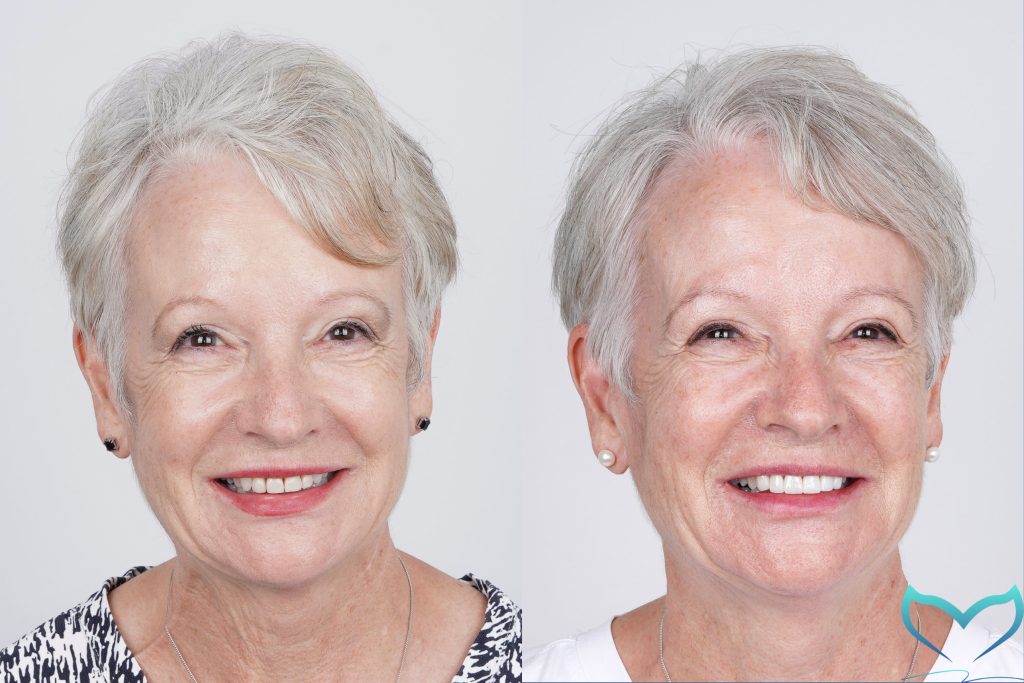
Protecting enamel is an essential part of every whitening journey. By understanding the most common mistakes and following professional guidance, you can achieve the radiant smile you’ve always wanted while keeping your teeth strong.
Mermaid Smiles’ approach focuses on balancing appearance with oral health. Professional care ensures that whitening treatments are both safe and effective, giving long-lasting results without discomfort.
If you are ready to enhance your smile, schedule a consultation today for personalised care and expert advice.
Frequently Asked Questions
What are the risks of using over-the-counter whitening kits?
DIY kits may cause sensitivity or enamel wear when used without proper direction. Seeking professional advice before starting any home whitening routine helps prevent unnecessary damage.
How often is it safe to whiten my teeth?
The ideal frequency varies depending on your oral health and the whitening method used. A dental professional can assess your situation and recommend the safest schedule for you.
Are professional whitening treatments safer than DIY options?
Yes. In-office treatments are supervised and use dental-grade materials designed to protect enamel while providing noticeable results.
Can I whiten my teeth if I have existing dental issues?
It is best to treat cavities, gum inflammation, or other oral problems before whitening. A dental check-up ensures your teeth and gums are in good condition for treatment.
What are enamel-safe alternatives to acidic whitening methods?
Gentle whitening products tested for enamel safety, custom-fitted trays, and professional in-chair treatments offer bright results without risking enamel strength.
How can I maintain enamel strength while whitening?
Follow your dentist’s instructions carefully, maintain good oral hygiene, and limit whitening treatments to the recommended frequency.
What are the signs that enamel may be weakening?
Increased sensitivity, visible thinning, or roughness on the tooth surface may indicate enamel wear. If you notice these signs, schedule a check-up to have them assessed early.

